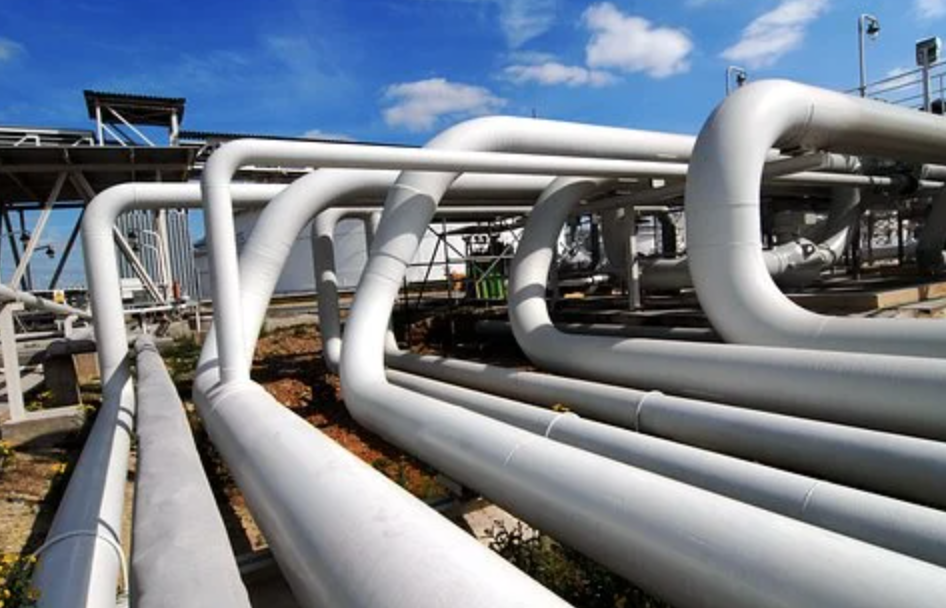A light, reactive and above all non-polluting gas, hydrogen is arousing growing interest from States in the context of energy transition and the fight against global warming. At a conference organized by the World Bank on April 29, 2021 in which Ecomnews Med participated, the decarbonization ambitions of Egypt, Portugal and Germany were presented. Political incentives for the emergence of hubs, backed by competitive transport infrastructures, what will be the hydrogen transport routes of tomorrow? If the industrialists advance their pawns, everything remains to be built ...
Egypt, in a very good place:
“In Egypt, we have significant gas resources, land to develop renewable energy production and an extensive gas pipeline network. We are also close to European markets where major industrial zones are located and linked to Mediterranean and Red Sea ports, ”says Ahmed Osama Abdulrahman, vice-president of Egyptian Natural Gas Holding, in charge of planning and operations. projects. Enough to whet the appetite of financial institutions and international industrial groups who intend to capitalize on the country’s potential. Siemens will develop a green hydrogen pilot project and an agreement has just been signed with Deme Concession to study the creation of one or more hubs in Egypt.
Industry drives demand for hydrogen
Speaking on April 30 at a conference of the Center for Mediterranean Integration entitled “Hydrogen in the Mediterranean: National policies and strategies”, the vice-president of the gas company detailed the main thrusts of the “Sustainable energy strategy of the country. by 2035 ”adopted by the Energy Council in 2016 and supported by the European Union. “It is based on three challenges: social, economic and environmental. Renewable energies from 2016 to 2019 grew by 60%. We want to increase the share of energy in our GDP. An inter-ministerial committee has been specially formed to support the production of hydrogen “.
The country is also examining options for upgrading hydrogen to produce ammonia and carbon-free methane that could substitute for natural gas. The story of the chicken and the egg with LNG is repeating itself today in the hydrogen industry. “It’s the demand, the industry that has to drive the market. Which industries and at what cost? “, Ahmed Osama Abdulrahman, vice president of Egyptian Natural Gas Holding.
Indeed, given the volumes, it will be industry and not transport that will stimulate the hydrogen market. A large emitter of CO2, the Indian steelmaker Arcelor-Mittal aims to replace coal with hydrogen to produce green steel. In the mobility market, volumes remain modest compared to the industry. Simon Muller, senior consultant at the World Bank points out the handicaps of the sector “We need CO2 storage systems and today the cost of transporting hydrogen is high”. Much higher than natural gas and gray hydrogen (from fossil fuels and therefore carbonated).
A hydrogen backbone of nearly 40,000 km in 2040
This is why 21 European states are committed to the “European hydrogen backbone” aiming to build 39,700 km of hydrogen infrastructure in 2040. 69% of pipelines will be made up of the conversion of existing gas networks and 31% made up of channeled news. Thus, a hydrogen route could emerge between the sources of supply (Iberian Peninsula and North Africa) to the consumption areas in northern Europe in Germany in particular. “We want to build a green hydrogen transportation network. Our strategy is articulated in three phases with the first pilot projects in 2020-21, the consolidation of the market between 2024 and 2030 and the acceleration between 2030 and 2050. We will invest between 7000 and 9000 M € in the creation of 50 to 100 electrolyser stations. We are aiming for a market that should generate between 8,500 and 12,000 jobs in 2030, ”explains Isabel Cabrita, research director at the Directorate General of Energy in Portugal.
The country aims to reduce its greenhouse gases by 47% by 2030. Italy is not left out with a green hydrogen hub project developed by Sapio in the Adriatic in the port area from Porto Maghera near Venice.
The industry transformation process began in 2014 with the conversion to a biorefinery operated by ENI, confirmed by the next operation of the project. In France, Total and Engie have announced that they want to produce green hydrogen at the end of 2024 at the beginning of 2025 from solar farms that will be installed on the Total La Mède site.











Réagissez à cet article